The Avengers
May 3rd, 2015
No. We are not saving the world tonight.
The four pieces on my program were written within a five-year span at the beginning of twentieth century, just before WWI. The four composers of these pieces-- Ives, Respighi, Faure and Stravinsky-- are very different in terms of aesthetic preference and the way they express it in their music. Just like the Avengers in the Marvel comics, these “superhero” composers could not be more different from one another as individuals, but together they provided a great contribution to the world/ Western Art Music in the early 20th century.
I will start this evening’s program with the Second Violin Sonata by Charles Ives (1874~1954). Ives’ musical language has often been characterized by his incorporation of American hymns and tunes, distilled into his own very personal and unique harmonic language and rhythmic framework, and this piece is no exception. He assembled and re-composed the Violin Sonata No. 2 based on works that he had originally composed in 1901, 1903, and 1907-10. He also made revisions to the work in 1919. The first movement, “Autumn,” is probably named after the hymn-tune “Autumn” which appears in fragmented form throughout, and is only revealed in its entirety at the very end of the movement. The second movement is very folky and fiddle-like (“In the Barn”), and Ives incorporates folk tunes such as “Sailor's Hornpipe” and “The Battle Cry of Freedom.” The last movement “Revival” starts out very mysteriously and builds up to an ecstatic church bell-like section which incorporates the early American hymn “Nettleton.” The movement ends with a gesture of questioning and uncertainty. Besides deconstructing folk melodies in this sonata, Ives also turns away from using traditional sonata form (or departs from traditional sonata form). This is one of several ways in which he distinguished himself in the late romantic period.
If Charles Ives could be described as Captain America in the Avengers, then Ottorino Respighi (1879~1936) is undoubtedly the Iron Man, based on his use of a blend of “rich” melodies with even richer harmonies. Similar to Ives, Respighi does not use the traditional sonata form as a structure for his violin sonata. He instead changes the meter almost constantly in order to create musical continuity. The Violin Sonata in B minor was composed in 1917, shortly after the premiere of Fontane di Roma, the piece that made him famous. The three-movement Violin Sonata starts with a dark but colorful first movement (Moderato), followed by a long piano introduction which begins the beautiful romantic aria-like second movement (Andante espressivo). In the last movement (Allegro moderato, ma energico), Respighi was inspired by the theme of the last movement of Brahms’ Fourth Symphony, and also uses the form of a Passacaglia, though the ostinato theme is surprisingly a ten-bar phrase instead of the expected eight measures.
Compared to Respighi’s rich harmonies, Gabriel Fauré’s (1845~1924) color pallet was made up of pastels. Fauré established a distinctive song-like musical language with his first Violin Sonata (Op. 13 in A major, composed in 1875); however, the much later Second Violin Sonata (in E minor, Op. 108, composed in 1917) takes his musical language even farther, which is typical of his late music. In his Second Violin Sonata, Faure breaks away from a more conventional four-bar phrase structure. His complex and ambiguous phrases challenge the performers and audience alike as they attempt to relay and receive the piece. Perhaps this is the reason why it is rarely played. The sonata has three movements: Allegro non troppo, Andante and Allegro non troppo.
The finale of the program is the Suite italienne for Violin and Piano by Igor Stravinsky (1882~1971). The Suite italienne is based on the ballet Pulcinella, which the composer wrote in 1920 for Serge Diaghilev, the great impresario of the Ballets Russes. Pulcinella was premiered in Paris, where it was advertised as a ballet with music by Giovanni Battista Pergolesi (1710-1736) and orchestrated by Stravinsky; however, Stravinsky later claimed that it was “an original composition that completely transforms the elements borrowed from Pergolesi.” The Suite italienne seems to be arranged from the suite for cello and piano (selected movements from Pulcinella in 1925, also called suite italienne). It begins with an introduction: Allegro moderato (from the overture of Pulcinella), followed by a Larghetto Serenade derived from an air sung with guitar in Pergolesi’s last opera, Flaminio, in 1735. It continues with a Tarantella which emphasizes the interplay between piano and violin, followed by a Gavotte with two variations. The little scherzo only appears in the violin version of Suite italienne, and the piece ends with the Minuetto and the brilliant Finale. Stravinsky demonstrates many aspects of violin technique in Suite italienne, along with the constant demands on the performer and the audience to find the balance (or dual existence?) of Baroque music with Stravinsky’s twist. Uniquely, rhythm generally plays a more important role than melody in the music of Stravinsky. Unlike any other violin music preceding WWI, there are numerous examples in his Suite italienne when Stravinsky treats the violin as a percussive instrument.
The evening will start with a down-to-earth Ives Sonata which was written in our very own New England area, and will be followed by a dark but very colorful sonata by Respighi. After the intermission comes the late Faure Sonata, in which I hope to bring out the articulated aspects from the overall gracefulness in French music, and then the grand ending of the night will be Stravinsky’s Suite italienne. I decided to perform four pieces which were written within five years of one another to invite all of you to explore how each of these pieces interacts with the others and how they create a cohesive whole. Just like the superheroes in Avengers, these pieces aim to break through traditional boundaries with their individual personal color.




